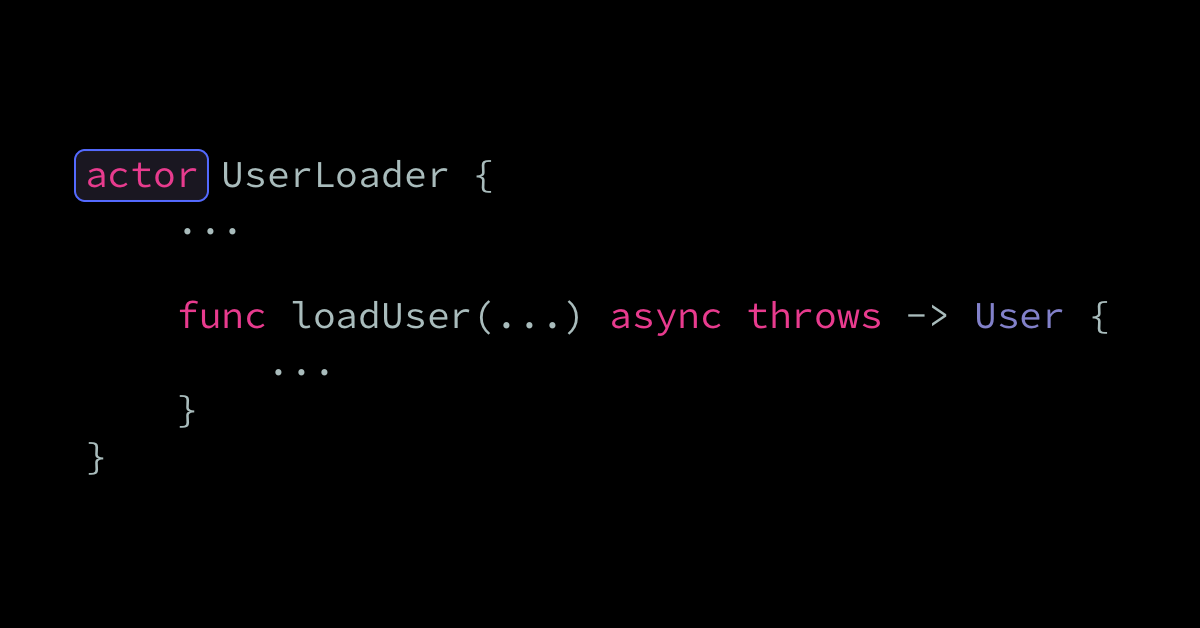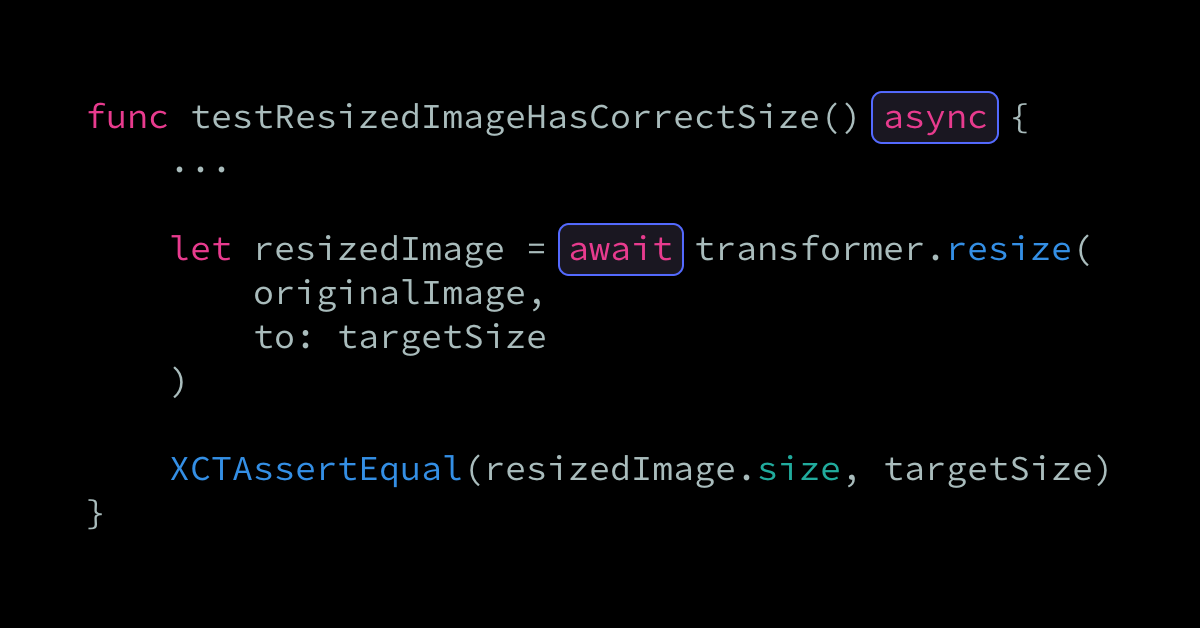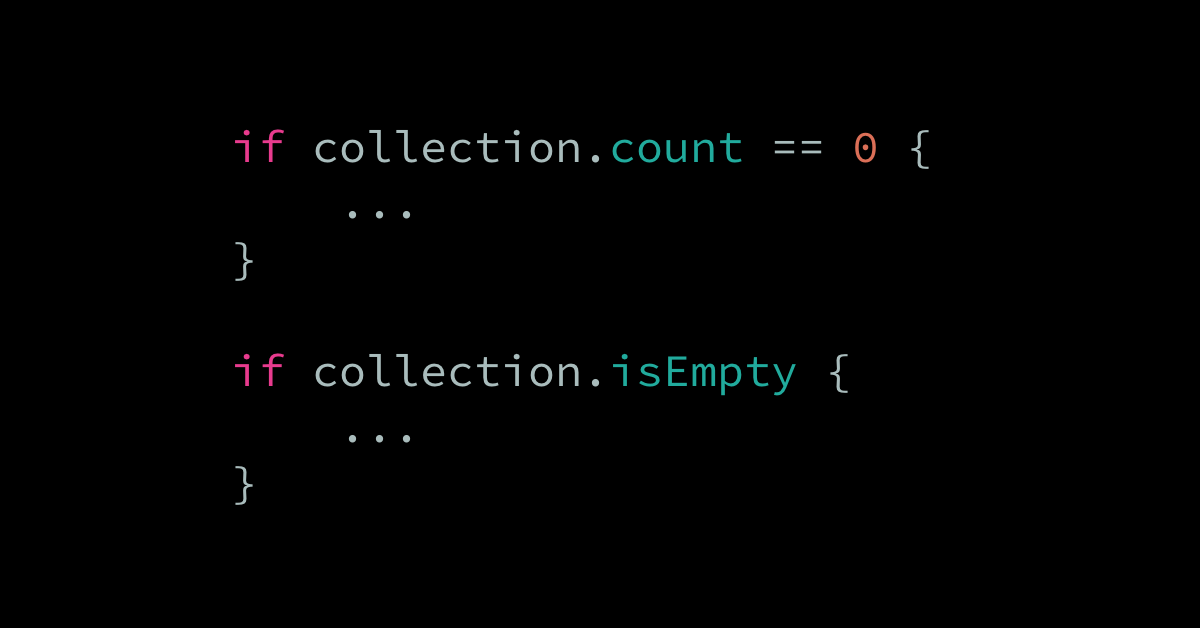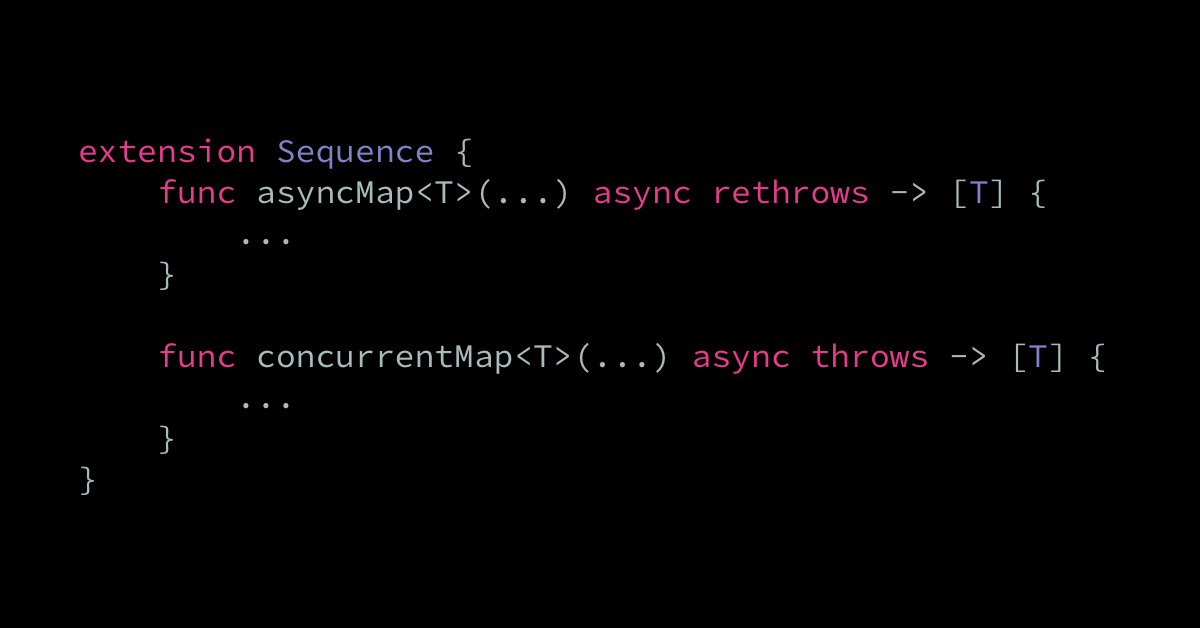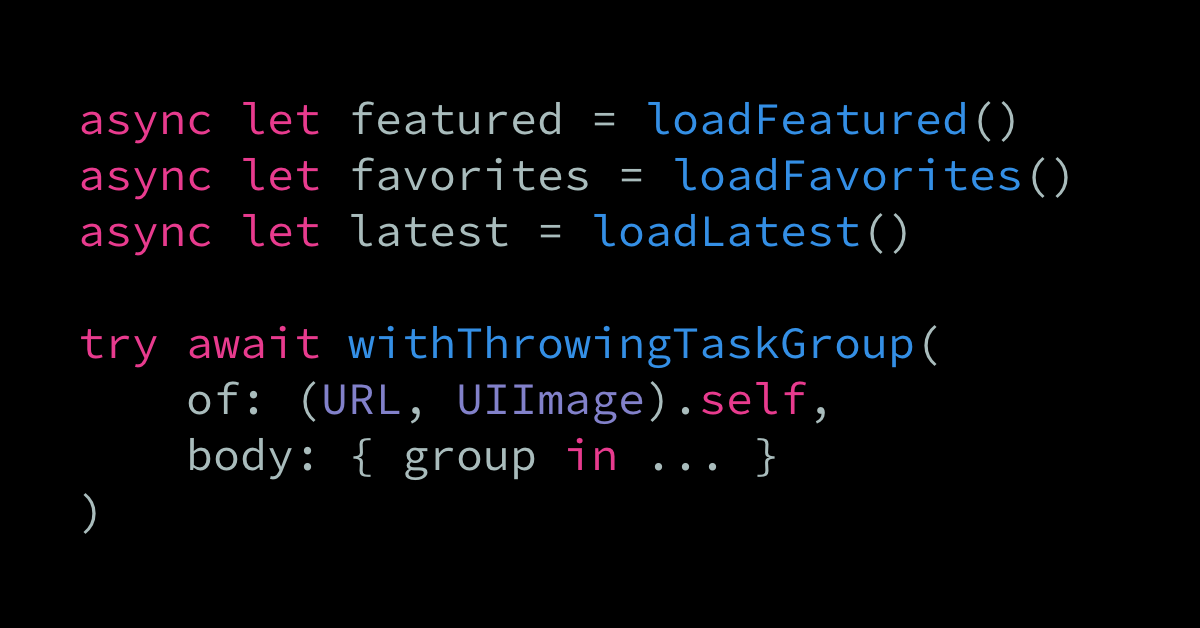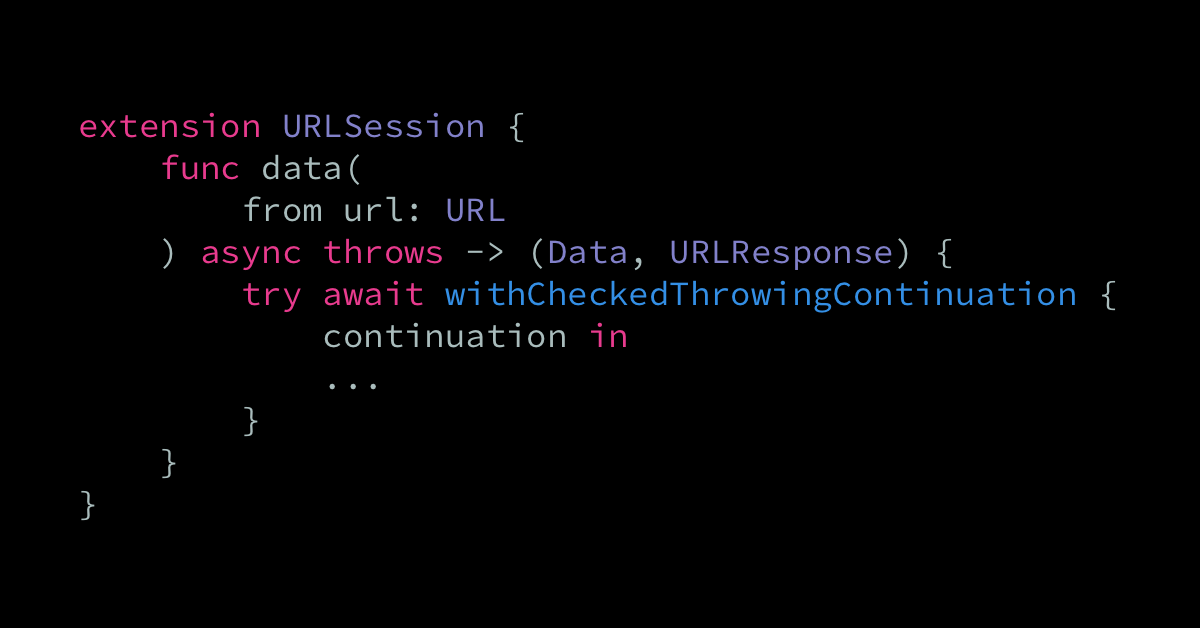Since the very first version of Swift, we’ve been able to define our various types as either classes, structs, or enums. But now, with the launch of Swift 5.5 and its built-in concurrency system, a new type declaration keyword has been added to the mix — actor. So, in this article, let’s explore the concept […]
Nick Lockwood joins John for a discussion about maintaining Swift code bases — from open source projects, to ones worked on by teams of various sizes. Also, the design of ShapeScript, using async/await within unit tests, and much more. RevenueCat: In-app subscriptions made easy. RevenueCat handles the pain points of implementing subscriptions and in-app purchases, […]
Writing robust and predictable unit tests for asynchronous code has always been particularly challenging, given that each test method is executed completely serially, line by line (at least when using XCTest). So when using patterns like completion handlers, delegates, or even Combine, we’d always have to find our way back to our synchronous testing context […]
In Swift, there are essentially two main ways to check whether a given collection is empty. We can either check if the collection’s count is equal to 0, or we can use the dedicated isEmpty property. At first, it might seem like those two ways are completely identical in terms of how they behave. In […]
If we think about it, so much of the code that we write on a daily basis essentially consists of a series of data transformations. We take data in one shape or form — whether that’s actual model data, network responses, or things like user input or other events — we then run our logic […]
Marin Todorov returns to the podcast to discuss Swift’s new concurrency system and its newly announced backward compatibility, his new book about that topic, and his work on Apple’s open source documentation tool, Swift-DocC. Quickly checking out either of the following two sponsors is a great way to help support this podcast, if you wish […]
One of the benefits of Swift’s built-in concurrency system is that it makes it much easier to perform multiple, asynchronous tasks in parallel, which in turn can enable us to significantly speed up operations that can be broken down into separate parts. In this article, let’s take a look at a few different ways to […]
Ben Scheirman returns to the show to talk about modern UIKit-based app development, how UIKit has evolved over the past few years, and how its API design and usage has been influenced by the introduction of frameworks like SwiftUI and Combine. RevenueCat: In-app subscriptions made easy. RevenueCat handles the pain points of implementing subscriptions and […]
Although Swift 5.5’s new concurrency system is becoming backward compatible in Xcode 13.2, some of the built-in system APIs that make use of these new concurrency features are still only available on iOS 15, macOS Monterey, and the rest of Apple’s 2021 operating systems. For example, if we try to use the new async/await-favored version […]
Starting in Xcode 13.2, Swift’s new suite of concurrency features are now backward compatible all the way back to iOS 13, macOS Catalina, watchOS 6, and tvOS 13. The new concurrency features include async/await, actors, structured concurrency, async sequences, and more. While Xcode 13.2 is, at the time of writing, currently in beta — this […]
